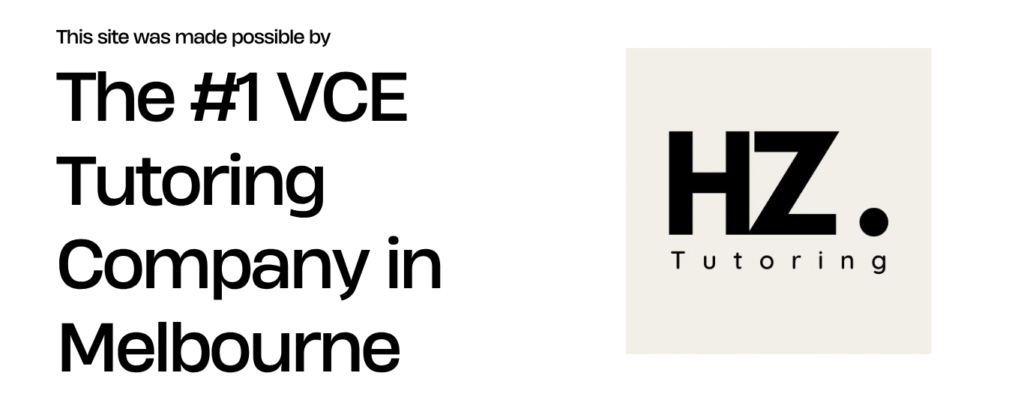Your cart is currently empty!
VCE Business Management Unit 4 AOS 1
The Nature of Business Change
Business change is any alteration to a business and its work environment. It is the process of taking an existing organisation, altering it, and establishing it in a new form. This is essential for survival and growth in a dynamic world.
Scale of Change
Incremental Change
These are small, continuous improvements to existing products, services, or processes. They are lower risk and are often part of the ongoing operational management of the business.
Transformational Change
These are significant, often radical shifts that can reshape the entire business, such as changing a business model from retail to e-commerce. They are high-risk and impact the business at every level.
Approach to Change
Proactive Change
This involves foreseeing pressures and making changes to take advantage of opportunities. It is planned and occurs before a business is forced into it, allowing it to gain a competitive advantage.
Example: A company investing in sustainable packaging before it is mandated by law to appeal to environmentally conscious consumers.
Reactive Change
This involves waiting for pressures to occur and then responding to them. This approach is often taken when performance data indicates a problem, but can leave a business playing ‘catch-up’ to its competitors.
Example: A retail store launching an online shop only after a significant drop in foot traffic and sales due to a new online competitor.
The KPI Dashboard
Key Performance Indicators (KPIs) are specific, measurable sets of data used to determine if a business is meeting its objectives. They are the primary tool for performance analysis and often trigger the need for change.
Efficiency vs. Effectiveness
KPIs measure two critical aspects of performance. Efficiency refers to how well a business uses its resources to achieve its objectives (e.g., Level of Wastage, Staff Absenteeism). Effectiveness refers to the degree to which a business achieves its stated objectives (e.g., Percentage of Market Share, Net Profit Figures).
The Role of Benchmarking
KPI data is only useful when compared against a standard, or benchmark. This allows a business to understand if its performance is positive or negative. Common benchmarks include performance in a previous period, industry averages, or the performance of a leading competitor.
Lewin’s Force Field Analysis
Once change is needed, Force Field Analysis helps managers assess its viability. The model suggests any situation is held in equilibrium by two opposing sets of forces: those driving for change, and those restraining it. For change to succeed, drivers must outweigh restrainers.
Proposed Change: Launch a fully integrated e-commerce platform
Driving Forces (For Change)
Restraining Forces (Against Change)
Action Plan to Enable Change
To enable the change, management must develop an action plan to strengthen the key drivers and weaken the key restrainers.
Porter’s Generic Strategies
This framework provides a proactive approach to achieving a sustainable competitive advantage. A business must choose a clear strategic path to avoid being outperformed by more focused rivals. Explore the two main strategies below.
⚠️ Avoiding Being “Stuck in the Middle”
A central part of Porter’s theory is the warning against trying to be both a low-cost provider and a differentiator simultaneously. A business that fails to make a clear choice will likely end up with higher costs than a cost leader and a less unique product than a differentiator, leading to low profitability and a weak competitive position.
To achieve a competitive advantage by becoming the lowest-cost producer in the industry, which attracts price-sensitive consumers.
Implementation Methods
- Economies of Scale: Mass production and bulk buying of inputs to lower the per-unit cost.
- Lean Production: Systematically eliminating all forms of waste from the operations system.
- Efficient Supply Chain Management: Optimising logistics, distribution, and inventory to reduce costs.
- Technology: Using technology to automate processes and reduce the need for labour.
- Standardisation: Offering basic, ‘no-frills’ products to simplify production.
Key Risks
- Competitors may replicate cost-cutting measures.
- An excessive focus on cost may lead to a perception of low quality.
- Vulnerability to price wars that erode profit margins for the entire industry.
To offer a product or service that is unique and superior in a way that is widely valued by buyers, allowing the business to command a premium price.
Implementation Methods
- Innovation & Technology: Developing unique features or new technologies that competitors cannot easily replicate.
- Branding & Marketing: Building a powerful and desirable brand image through sophisticated marketing campaigns.
- Superior Quality: Ensuring the highest quality materials, reliability, and durability of products.
- Exceptional Customer Service: Providing an outstanding customer experience and after-sales support.
- Unique Design: Offering products with a unique and aesthetically pleasing design that sets them apart.
Key Risks
- Competitors can imitate unique features over time.
- Changing customer tastes can make the point of differentiation obsolete.
- The premium price may be too high for the market to bear, limiting market size.

